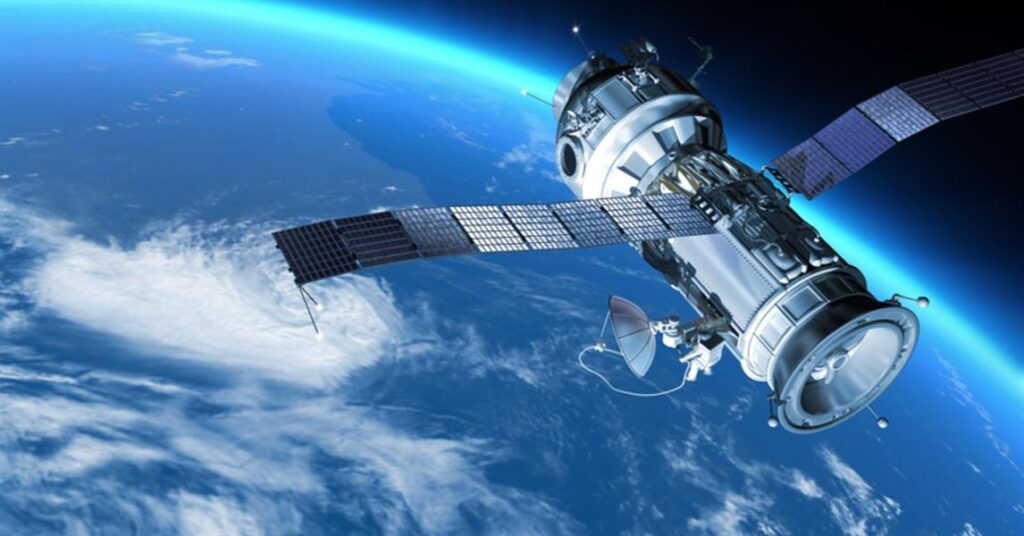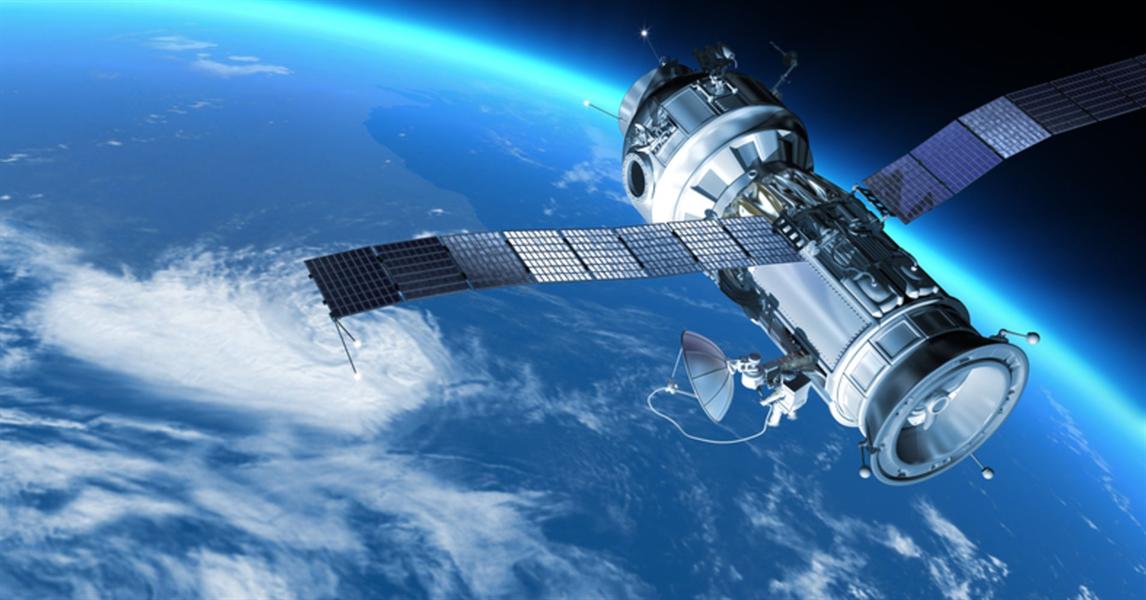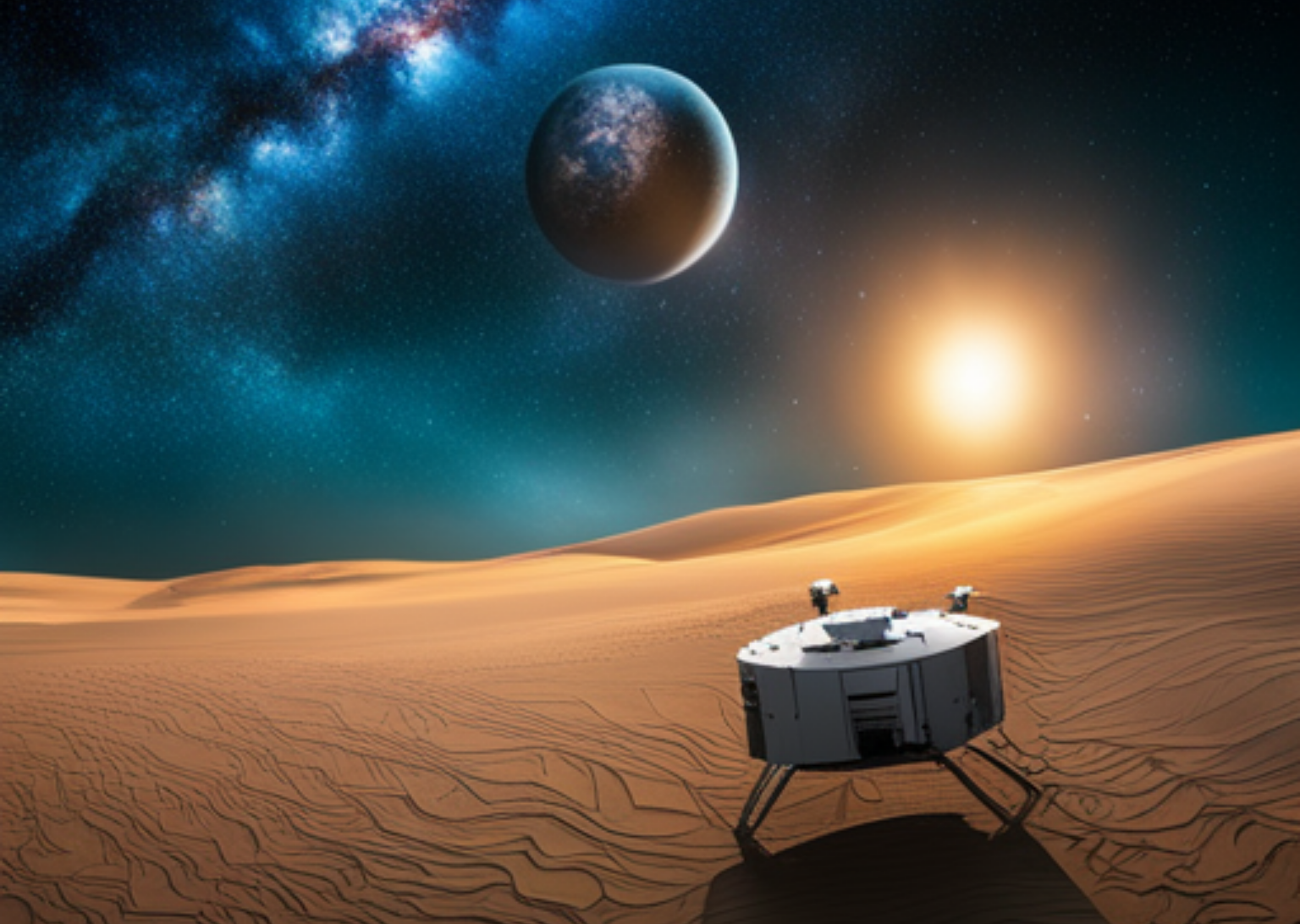
The nexus between the space and oil industries illuminates the fascinating adaptability of technology. What was once conceptualized for navigating the mysteries of the cosmos has found its way into the depths of the Earth, aiding the oil and gas sectors in unlocking new efficiencies.
Key Collaborative Areas:
- Remote Sensing & Exploration: Space satellites, equipped with high-resolution cameras and advanced sensors, capture intricate details of our planet’s surface. These satellites, like the renowned Landsat, provide invaluable geological and topographical data. For oil companies like Equinor and Saudi Aramco, this data translates to pinpointing potential oil reservoirs, monitoring infrastructure, and understanding environmental shifts around extraction sites.
- Data Management & Analytics: The cosmos is a vast repository of data. Managing and interpreting this information necessitates cutting-edge computational tools. Schlumberger’s prowess in this domain reflects the magnitude of this challenge. By employing space-age computational techniques, they are able to model intricate geological formations, thereby optimizing extraction processes and forecasting potential challenges.
- Drilling Technologies: Drilling, whether on Mars’ red soils or Earth’s dense sedimentary layers, demands precision. NASA’s JPL has been a pioneer, developing drills that can extract samples in the challenging Martian environment. Earth-based companies, like Shell, are exploring the potential of adapting these innovations, seeking to enhance their drilling efficiency and reduce environmental impact.
- Advanced Materials & Corrosion Resistance: Space is a realm of extremes — cold voids and radiation-filled zones. Materials developed for spacecraft need resilience. Recognizing this potential, ExxonMobil has shown interest in these materials to weather the corrosive marine environment of offshore rigs, hoping to extend equipment life and reduce maintenance costs.
- Robotics & Automation: Robots designed for space missions must be autonomous, resilient, and adaptive. Total’s exploration of space robotics stems from this premise. They aim to use these robots in places where human intervention is risky or inefficient, like deep-sea operations or volatile gas environments.
Case Studies:
- BP and Beyond Limits: BP’s partnership with Beyond Limits, a company rooted in space-age innovations, is an embodiment of futuristic operations. Leveraging NASA-developed cognitive AI systems, BP envisages transforming processes ranging from drilling optimization to reservoir management.
- Baker Hughes: This oilfield service behemoth doesn’t just drill — they harness AI-driven solutions inspired by space tech. By accurately predicting rock formations, they achieve more efficient drilling, saving both time and resources.
- Chevron and Earth Observation: Chevron’s holistic approach incorporates Earth observation data from satellites. This data-driven strategy helps them monitor pipeline health, assess environmental impact, and guide exploratory activities.
- ConocoPhillips: Venturing into the domain of seismic data, ConocoPhillips employs space-born data management techniques. By doing so, they ensure intricate seismic surveys are interpreted with unparalleled accuracy, leading to more effective resource extraction.
Saudi Arabia’s Foray into the Intersection:
- Saudi Aramco and Earth Observation: Beyond mere extraction, Aramco seeks to harness a bird’s-eye view. With satellite data, they achieve real-time monitoring of expansive pipelines, making leak detection and preventive maintenance more efficient.
- Collaboration with KACST: When Saudi Aramco and KACST combine their expertise, innovation thrives. From exploring novel drilling techniques to environmental monitoring, their joint ventures often find relevance across both the terrestrial and extraterrestrial realms.
- EXPEC – Aramco’s Exploration and Petroleum Engineering Center: EXPEC isn’t just about oil; it’s about the future. Engaged in pioneering research, they’re often at the forefront of integrating space technologies, from advanced seismic interpretation tools to robotics.
- Advanced Research: Saudi Aramco’s investment in research is monumental. Delving into robotics, drone technologies, and advanced sensing systems, they often bridge the chasm between terrestrial challenges and space-age solutions.
In summary, the harmonization of space and oil technologies is reshaping the industry’s landscape. Be it the expansive deserts of Saudi Arabia or the vastness of space, intertwined technologies are paving the way for a more efficient and sustainable future.
Interplay Between Space and Oil Industries: A Deep Dive into Global Innovations with Emphasis on Saudi Arabia
The nexus between the space and oil industries illuminates the fascinating adaptability of technology. What was once conceptualized for navigating the mysteries of the cosmos has found its way into the depths of the Earth, aiding the oil and gas sectors in unlocking new efficiencies.
Key Collaborative Areas:
- Remote Sensing & Exploration: Space satellites, equipped with high-resolution cameras and advanced sensors, capture intricate details of our planet’s surface. These satellites, like the renowned Landsat, provide invaluable geological and topographical data. For oil companies like Equinor and Saudi Aramco, this data translates to pinpointing potential oil reservoirs, monitoring infrastructure, and understanding environmental shifts around extraction sites.
- Data Management & Analytics: The cosmos is a vast repository of data. Managing and interpreting this information necessitates cutting-edge computational tools. Schlumberger’s prowess in this domain reflects the magnitude of this challenge. By employing space-age computational techniques, they are able to model intricate geological formations, thereby optimizing extraction processes and forecasting potential challenges.
- Drilling Technologies: Drilling, whether on Mars’ red soils or Earth’s dense sedimentary layers, demands precision. NASA’s JPL has been a pioneer, developing drills that can extract samples in the challenging Martian environment. Earth-based companies, like Shell, are exploring the potential of adapting these innovations, seeking to enhance their drilling efficiency and reduce environmental impact.
- Advanced Materials & Corrosion Resistance: Space is a realm of extremes — cold voids and radiation-filled zones. Materials developed for spacecraft need resilience. Recognizing this potential, ExxonMobil has shown interest in these materials to weather the corrosive marine environment of offshore rigs, hoping to extend equipment life and reduce maintenance costs.
- Robotics & Automation: Robots designed for space missions must be autonomous, resilient, and adaptive. Total’s exploration of space robotics stems from this premise. They aim to use these robots in places where human intervention is risky or inefficient, like deep-sea operations or volatile gas environments.
Case Studies:
- BP and Beyond Limits: BP’s partnership with Beyond Limits, a company rooted in space-age innovations, is an embodiment of futuristic operations. Leveraging NASA-developed cognitive AI systems, BP envisages transforming processes ranging from drilling optimization to reservoir management.
- Baker Hughes: This oilfield service behemoth doesn’t just drill — they harness AI-driven solutions inspired by space tech. By accurately predicting rock formations, they achieve more efficient drilling, saving both time and resources.
- Chevron and Earth Observation: Chevron’s holistic approach incorporates Earth observation data from satellites. This data-driven strategy helps them monitor pipeline health, assess environmental impact, and guide exploratory activities.
- ConocoPhillips: Venturing into the domain of seismic data, ConocoPhillips employs space-born data management techniques. By doing so, they ensure intricate seismic surveys are interpreted with unparalleled accuracy, leading to more effective resource extraction.
Saudi Arabia’s Foray into the Intersection:
- Saudi Aramco and Earth Observation: Beyond mere extraction, Aramco seeks to harness a bird’s-eye view. With satellite data, they achieve real-time monitoring of expansive pipelines, making leak detection and preventive maintenance more efficient. (source) (source)
- Collaboration with KACST: When Saudi Aramco and KACST combine their expertise, innovation thrives. From exploring novel drilling techniques to environmental monitoring, their joint ventures often find relevance across both the terrestrial and extraterrestrial realms. (source)
- EXPEC – Aramco’s Exploration and Petroleum Engineering Center: EXPEC isn’t just about oil; it’s about the future. Engaged in pioneering research, they’re often at the forefront of integrating space technologies, from advanced seismic interpretation tools to robotics. (source)
- Advanced Research: Saudi Aramco’s investment in research is monumental. Delving into robotics, drone technologies, and advanced sensing systems, they often bridge the chasm between terrestrial challenges and space-age solutions.
In summary, the harmonization of space and oil technologies is reshaping the industry’s landscape. Be it the expansive deserts of Saudi Arabia or the vastness of space, intertwined technologies are paving the way for a more efficient and sustainable future.









